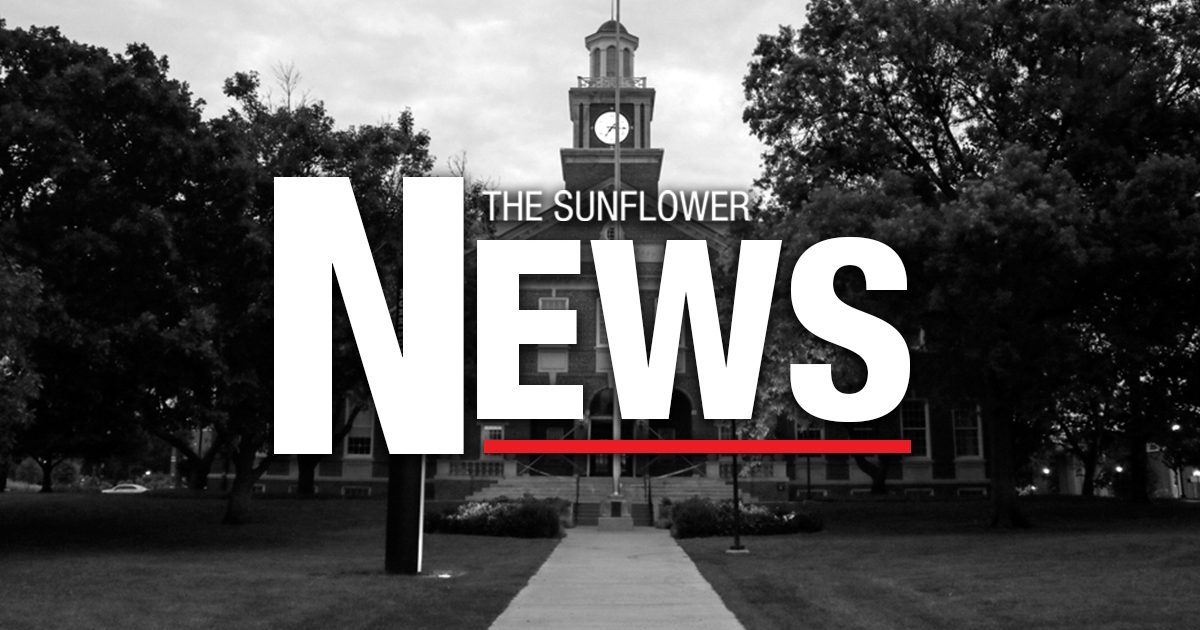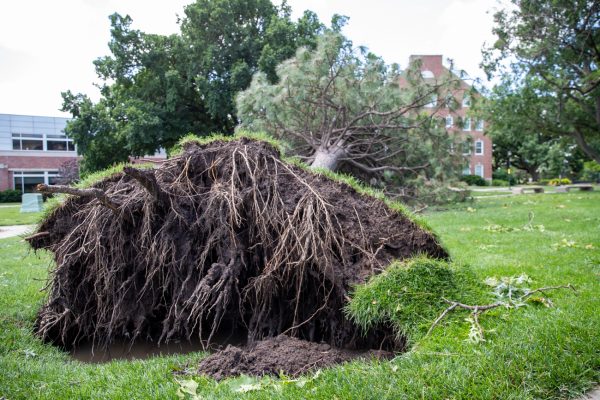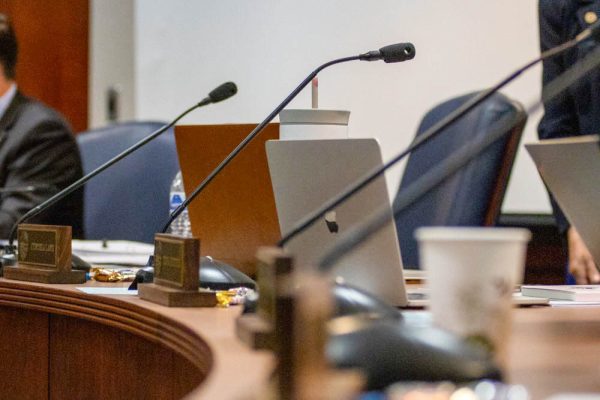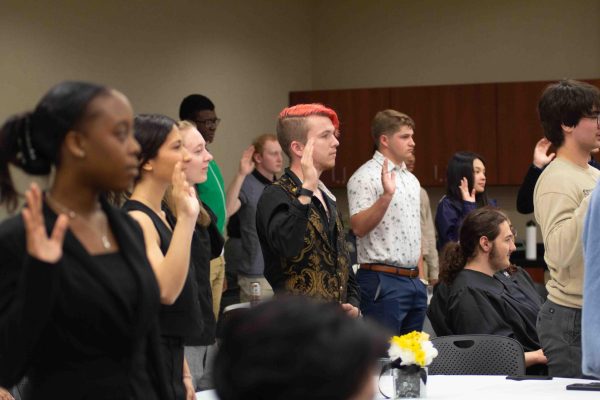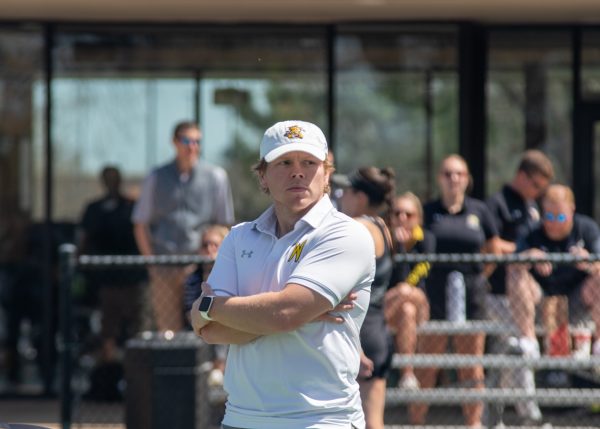Holocaust class focuses on giving people voices and skills to keep learning
77 years ago on Jan. 27, 1945, the Soviet army entered the infamous concentration camp Auschwitz and liberated over 7,000 prisoners, according to Auschwitz-Birkenau State Museum. Auschwitz is well-known for being the largest concentration camp operated by Nazi Germany during World War II.
Coinciding with the day of Auschwitz liberation, International Holocaust Remembrance Day annually commemorates those who were victims of the Holocaust, primarily people of Jewish descent but did include other minorities.
The history department offers several classes that cover the Holocaust and similar content. HIST 317 or “The Holocaust” is a course often taught by Jeff Hayton, assistant professor of modern Europe, who specializes in German history.
“There is a tremendous feeling of satisfaction in helping students understand one of the most horrible and traumatic events in human history,” Hayton said.
A few thought processes guide Hayton when teaching and structuring the course. The first is understanding the constant decisions about life and death that people had to make. Hayton mentioned the phrase “choiceless choices,” a term coined by Lawrence Langer, a Holocaust scholar, to describe the lose-lose situation that Jewish people faced.
Another aim of Hayton’s is to debunk the stereotypes that students typically have with the subject.
“One of the biggest myths about this period is that the Nazis were unthinking sadistic robots who did what they did out of malice,” Hayton said. “That doesn’t mean that what they did wasn’t terrible, but if you transform them into this kind of irredeemable evil, then that means that you’re not on the lookout for [people like] them in your own society.”
Hayton deconstructs other myths in his course, such as ideas surrounding propaganda and victims of the Holocaust.
“It’s really important to give Jewish people voices,” Hayton said. “The idea that Jews went quietly to their deaths without making a fuss-the Nazis want us to think that, and they constructed their reports with that in mind so that we believe that [Jewish people] were somehow accomplices in their own deaths.”
Hayton said that primary documents from each side of the issue give voices to the victims and help understand the perpetrator’s motives.
“We comprehend what people went through and think about the reasons why people did what they did,” Hayton said. “You can’t do that unless you’re looking at primary texts.”
Hayton said the Fairmount College of Liberal Arts and Sciences teaches students how to learn, making the class valuable to history and non-history majors.
“What we’re doing is giving students the skills to keep learning for the rest of their lives,” Hayton said. “That’s why the Holocaust is a good entry point for this kind of learning because lots of people have some sort of passing knowledge about it.”
The course aims to understand the Holocaust empathetically instead of strictly just the facts. In addition, it raises complex questions about one of the worst genocides in human history.
“What does it mean to be a perpetrator?” Hayton said. “What does it mean to be a victim? Can perpetrators also be victims? What is the line between a perpetrator and a bystander?”
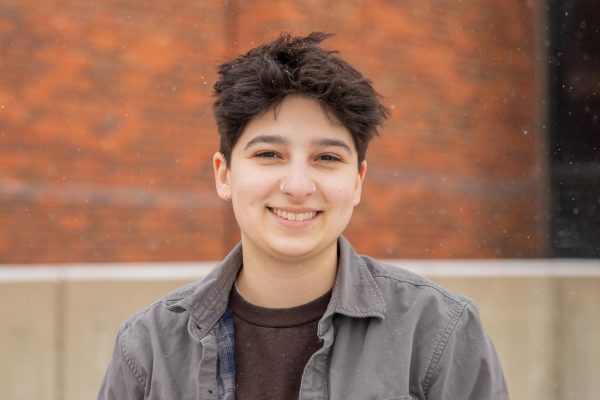
Mia Hennen is the managing editor for The Sunflower. Most recently, Hennen served as editor-in-chief for the 2023-2024 year. A senior English major, Hennen...



